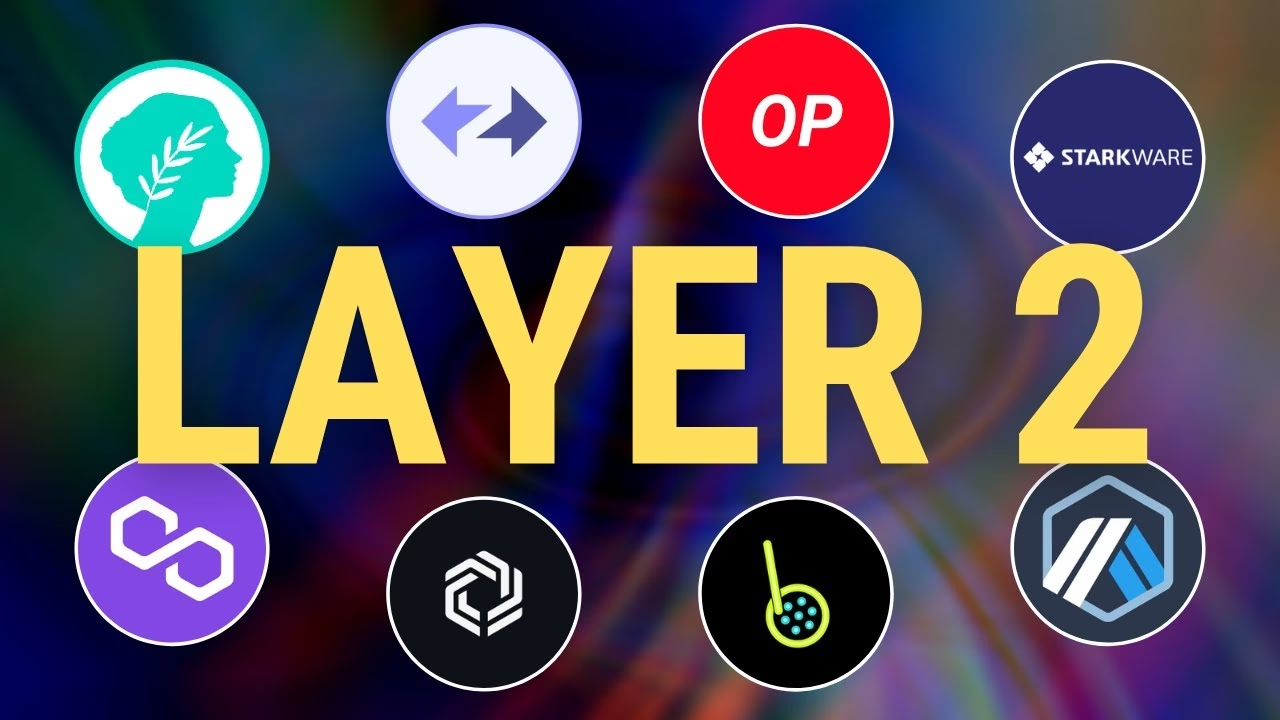Key Takeaways:
- The Ethereum Layer-2 ecosystem has grown at a feverish pace, with the total value locked currently over $51.5 billion as of November 2024, up 205% from last year.
- While L2 addresses Ethereum’s scalability issues, centralization remains an issue, calling for more decentralized solutions.
- It indicates growing competition between L2s and other high-speed blockchains, including Solana, both as challenges and opportunities for the Ethereum ecosystem.
The Rise of Layer-2 Networks
According to data from L2Beat, there are 118 Layer-2 scaling solutions listed on the Ethereum network as of December 2024. That is a number indicating great potential and explosion in the handling of Ethereum’s enormous transaction volume by L2s. The total value locked on L2 networks reached over $51.5 billion in November 2024, up 205% year-over-year.
Current TVL across Ethereum L2s
Among those at the forefront is Arbitrum One and Base, respectively holding approximately $21.5 billion and $14.2 billion in TVLs. The surge suggests an overwhelming level of confidence in, and substantial investments made for, L2 to act as a solution for Ethereum’s scaling problem.
Centralization Issues and Decentralized Answers
However, L2 has also brought along a very critical problem: the issue of centralization. All the leading L2s right now process their transactions through an operator: one single sequencer per network is an indispensable ingredient to transaction processing. This simply increases the risk of control in any instance and even shuts down processes that have a tremendous impact on the safety and resistance to censorship of this entire system.
In order to treat this Achilles’ heel appropriately, a decentralized sequencer shall be required for better robustness, insulation, or protection from various external potential attacks, interference, or any other kind of hostile actions from the outside.
Decentralized Sequencers
| Type of Sequencer | Advantages | Disadvantages |
| Centralized | High efficiency, easy to manage | Vulnerable to control, security risks |
| Decentralized | Safer, better resistance to attacks | Potentially less efficient, more complex management |
For example, an L2 network that operates a DEX using a centralized sequencer: in the case of an attack on it, or even a shutdown by its owner, the whole exchange would be paralyzed and might incur losses on the financials side of the users.
Intense Competition from L2 to Solana
The exponential scaling of L2 also introduces yet another challenge:…
Click Here to Read the Full Original Article at CryptoNinjas…
























